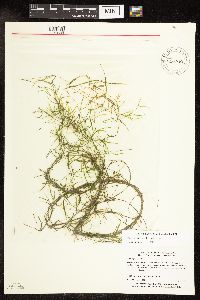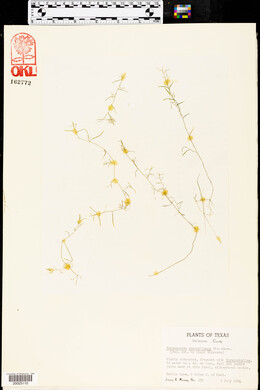Potamogeton pusillus subsp. pusillus
|
Potamogeton pusillus subsp. pusillus
 (redirected from: Potamogeton pusillus var. minor (Biv.) Fern. & Schub.) (redirected from: Potamogeton pusillus var. minor (Biv.) Fern. & Schub.) |
|
|
Family: Potamogetonaceae
Small Pondweed
[Potamogeton lateralis Morong p.p., more] |
|





















































































